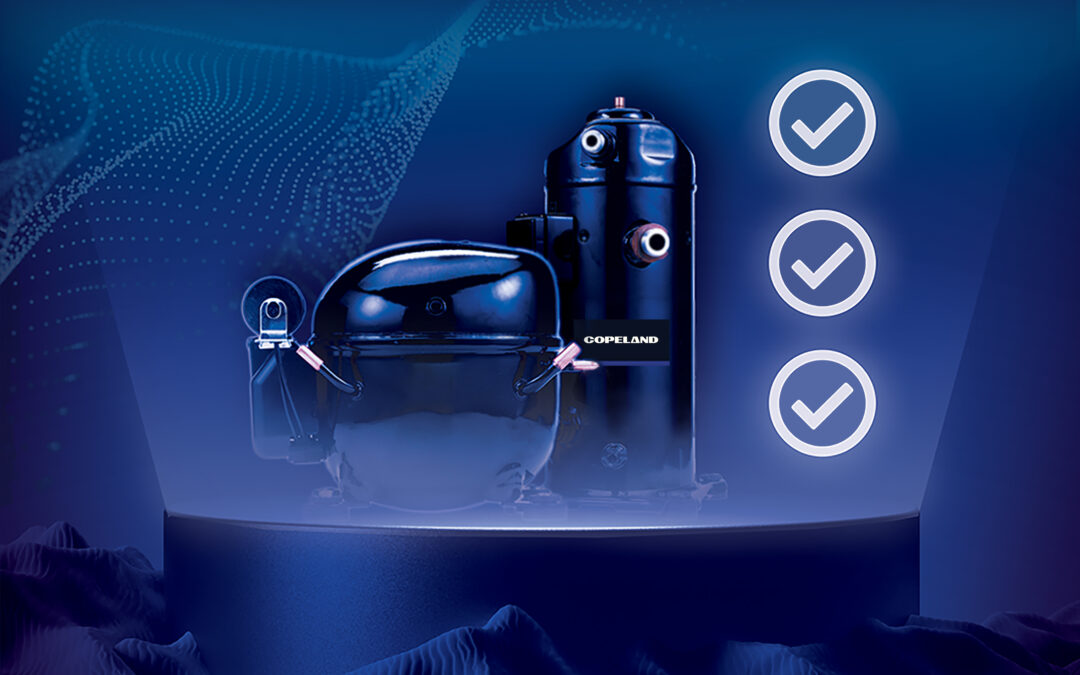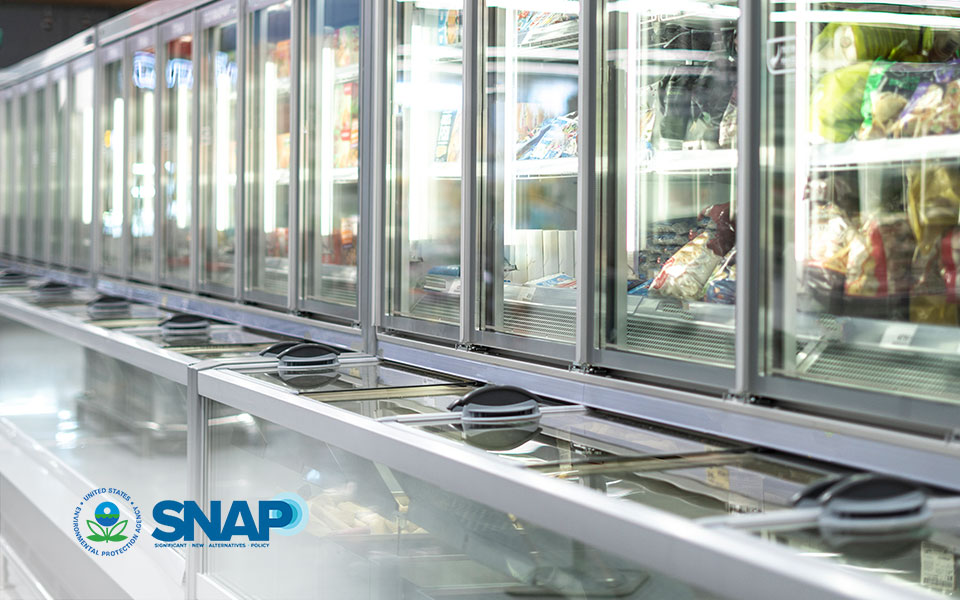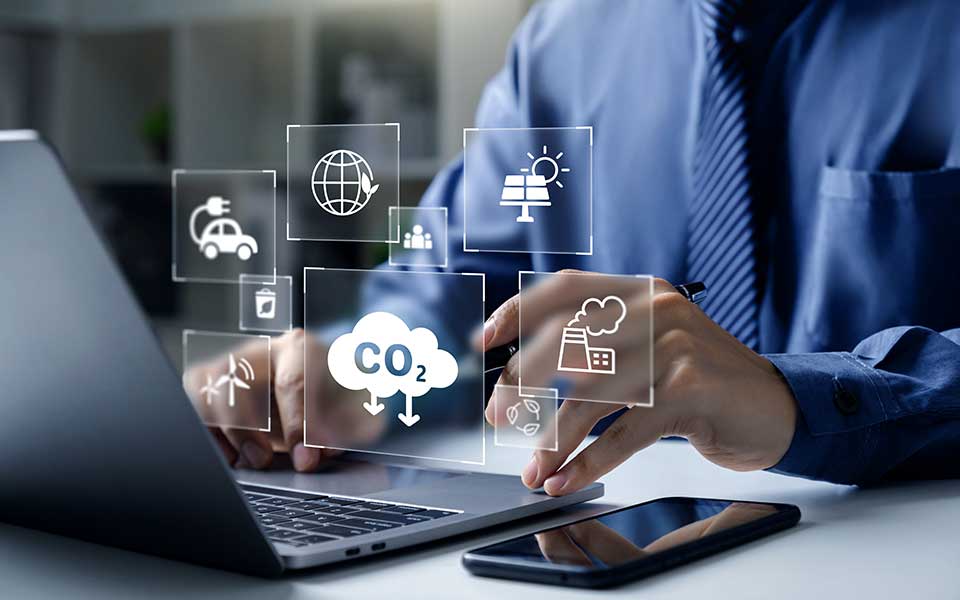Natural Refrigerant Cooling Trends for 2021

*On June 1, 2023 Emerson’s Climate Technologies business became a new standalone company – Copeland. Though our name has changed, we are building on more than a century of HVACR innovation and industry leadership, and Copeland continues to offer the same products, industry stewardship, and learning opportunities you’ve grown to trust. Information found on this webpage posted before June 1, 2023 may contain our old name or branding, but you can be at ease knowing it was created with the knowledge and expertise of Copeland.
I was recently interviewed by Accelerate America to discuss cooling trends for 2021, particularly with respect to the natural refrigerant and sustainable cooling marketplace. The Emerson to Continue Pushing NatRefs article (pages 20-22) also gave our organization an opportunity to discuss some of the specific plans we’re making to support our ongoing commitment to sustainable refrigeration technologies.

There’s little doubt that the installation of natural refrigerant-based systems will continue to increase this year, especially in California, where retailers will be preparing to meet 2022 California Air Resources Board (CARB) regulations. Elsewhere, we can also expect many retailers to continue with trials of natural refrigerant systems as potential strategies for meeting their sustainability targets. Whether it is a transcritical CO2 booster system or micro-distributed, R-290 integrated display cases, these architectures give retailers viable options for utilizing refrigerants with the lowest available global warming potential (GWP).
New investments and refrigeration solutions
For our part, Emerson will continue to invest heavily in research and development (R&D), which includes completing the construction of a new transcritical CO2 test lab at our main campus in Sidney, Ohio. This will be our second dedicated CO2 R&D facility, complementing our current CO2 test lab located at The Helix Innovation Center in Dayton, Ohio. These labs are designed to accelerate product development, collaborate with OEM partners and end user customers, and help deliver simplified CO2 solutions for the industry.
We are also continuing the development of compression technologies, controls and valves for CO2 in commercial refrigeration, including a new rack supervisor CO2 and facility management controller for transcritical CO2 booster systems. These solutions are built with native applications that help to manage not only all of the standard system operational requirements, but also address high ambient strategies while providing enhanced integration with our CO2 case controls. We are also investing in the development of industrial CO2 compressors, including a new heat pump CO2 compressor.
In addition, we will continue to expand our R-290 based compression technologies, valving and electronic controls, including:
- Copeland™ low-profile scroll portfolio of fixed- and variable-speed technologies that covers a capacity range from ¾ to 4 HP
- Copeland variable-speed hermetic reciprocating compressor line that utilizes R-290 in fractional horsepower ranges from ⅛ to ⅞ HP
These R-290 solutions will deliver game-changing efficiency and performance improvements for commercial refrigeration reach-in OEMs as well as environmental life sciences, medical and pharmaceutical applications.
The critical role of digital controls
When dealing with CO2-based systems — and even to some degree, R-290 — digital controls are essential for providing basic refrigeration system management and optimizing energy efficiencies. These controls also contribute to a data stream that operators can leverage in analytics software to detect trends, automate decision making, and drive system performance.
Through the combination of our controls and compressor platforms, we are helping retailers to integrate their entire heating, refrigeration and air conditioning systems. For example, our E2 facility management controller, new CO2 rack supervisor controller and CO2 compressors — which include parallel compressor applications rated to operate at higher suction pressures — are capable of handling not only refrigeration requirements but also incorporating air conditioning systems.
COVID-19 impacts on retrofits and remodels
As the result of the increased food retail sales volumes, previously planned retrofit and remodel projects — either to improve energy efficiencies or transition to lower-GWP refrigerants — may continue to be temporarily placed on hold. The majority of remodeling efforts taking place during these high-volume periods are to provide mission-critical system improvements.
One such mission-critical area where retailers are investing in new refrigeration technologies is in support of emerging e-commerce fulfillment capabilities. While this may also divert attention away from planned retrofits, we expect to continue helping our end user customers deploy new refrigeration equipment to augment their current systems to meet click-and-collect fulfillment requirements.

Address Efficiency Mandates with Compression Technologies
by Joe Summers | Efficiency & Refrigerant Regulations
Strategies for complying with DOE and ENERGY STAR® in self-contained and remote condensing units...

EPA SNAP Rule 26 Approves, Modifies Use Conditions for A2L and A3 Refrigerants
by Jennifer Butsch | Efficiency & Refrigerant Regulations
On May 28, the Environmental Protection Agency (EPA) pre-published its Significant New...

Refrigerant Transition Highlights the Importance of Leak Detection
by Mike Hill | Efficiency & Refrigerant Regulations
*On June 1, 2023 Emerson’s Climate Technologies business became a new standalone company –...
The post Natural Refrigerant Cooling Trends for 2021 appeared first on Copeland.